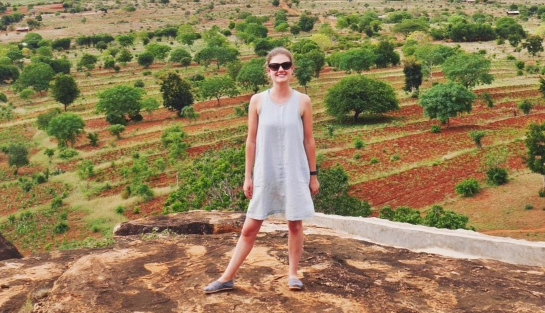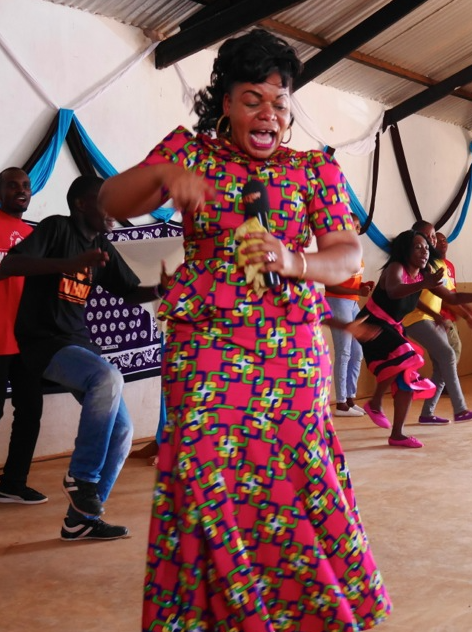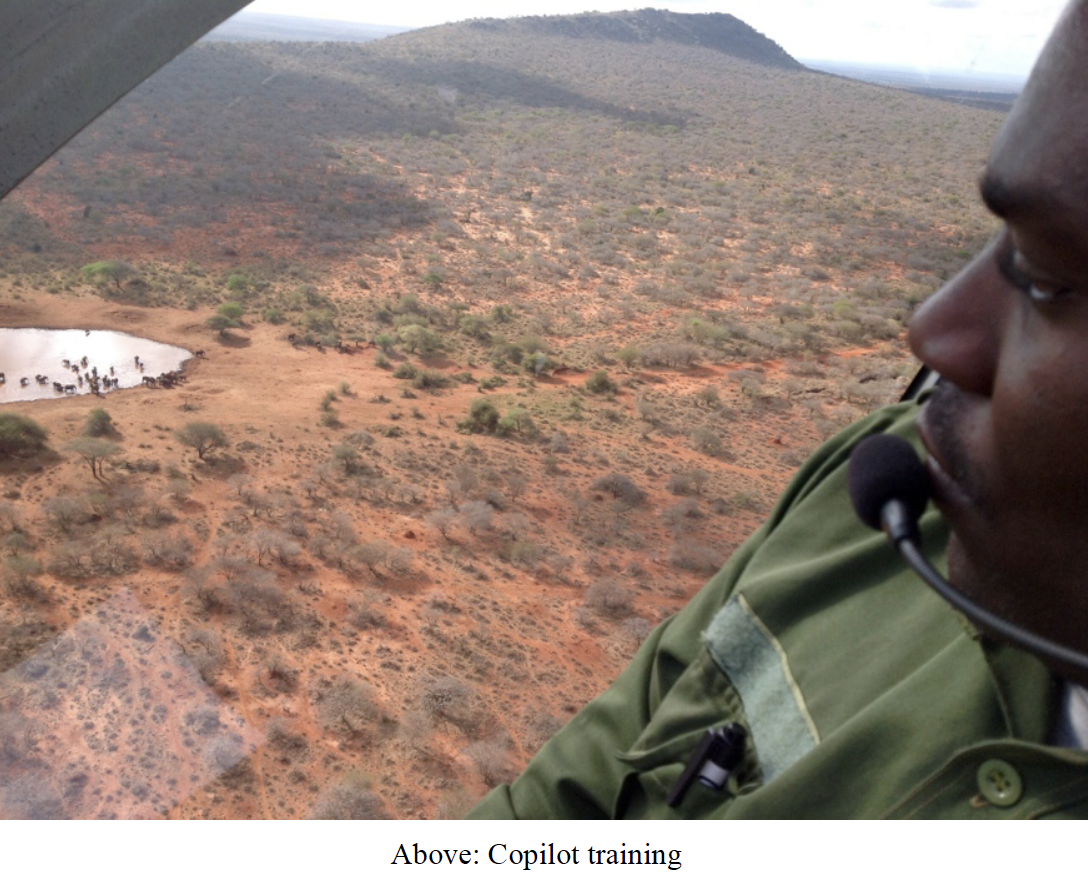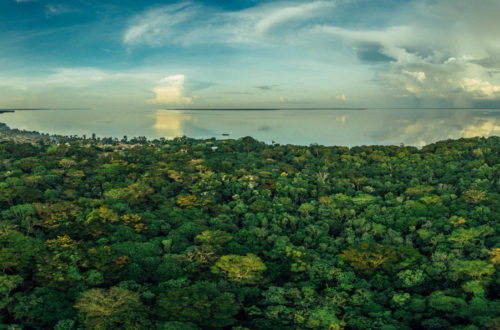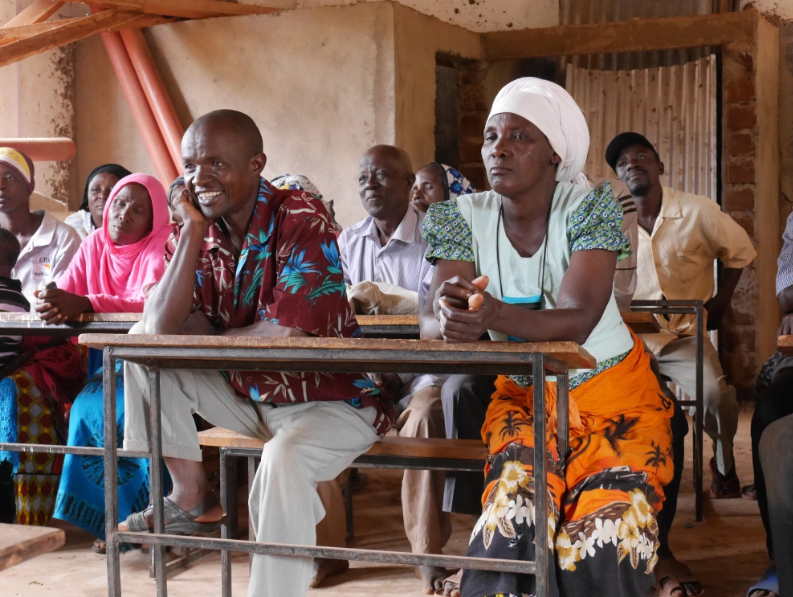
Teaching Climate Change in Rural Kenya
This is a gust blog from our media intern, Lucy Arndt, hailing from the U.K. Contact ask (at) wildlifeworks.com for our many internship opportunities in Kenya and the Congo.
One of the most surreal things I’ve experienced since arriving in Kenya was being part of a teaching session on climate change with village elders – held entirely in Swahili.
In my first week here, I accompanied the Community Relations Department of Wildlife Works on a series of community visits to the rural communities that are part of the project area. One of these was a focus group discussion with village elders (clan leaders, school leadership, etc.) to explain the project aims and how their personal actions can make an impact.

Can you imagine explaining the concept of greenhouse gases, how trees take in carbon dioxide and why trees are valuable for anything other than fuel to these folk in this situation? The majority of the people in these rural villages, especially in the older generation, don’t speak a word of English, and many have very low levels of education. When asked how old they are, many have no idea; they pull out national ID cards to show their birthdate but don’t know how to count the years to calculate their ages.
I sat there for the nearly two-hour discussion transfixed by the conversation taking place. Most of it, of course, I had no idea what was being said, but every so often I’d hear random words:
“…climate change…”
“…greenhouse gases…”
“…carbon…”
“…carbon credits…”
And at this point I’d learned a few key words in Swahili like that “ndovu” means elephant, “simba” is lion.
So in a way I was able to vaguely understand what was being said, and I challenged myself to follow the discussion as much as possible. (Thankfully, afterwards a Kenyan intern I’m working with kindly translated the main points and questions!)

After a presentation to the focus group, including showing pictures of glaciers retreating in the Arctic and a polar bear balancing precariously on a tiny iceberg, there was a general discussion where community members asked questions:
“How do you sell the carbon? You are asking us to save trees, but do you then cut them down to sell the carbon??”
“You ask us to save trees, but elephants knock them down. How is that fair?”
“How are we compensated for elephants destroying our crops?”
All fair questions! And it all was fascinating! I was impressed that Wildlife Works is properly teaching climate change in order to get the community to understand the science, but as Protus (one of the Wildlife Works Community team) said in the discussion, “the change in weather you see is due to this carbon.” People really understand that. It’s getting dryer, hotter, during the ‘rainy’ season I arrived in Kenya to I saw the rain twice. Climate change in action. (I just have to recognize here how surprisingly easy that phrase is to write – as I’ve done countless times for reports and presentations for work or university papers – when the reality of what ‘climate change in action’ means here is so devastating.)
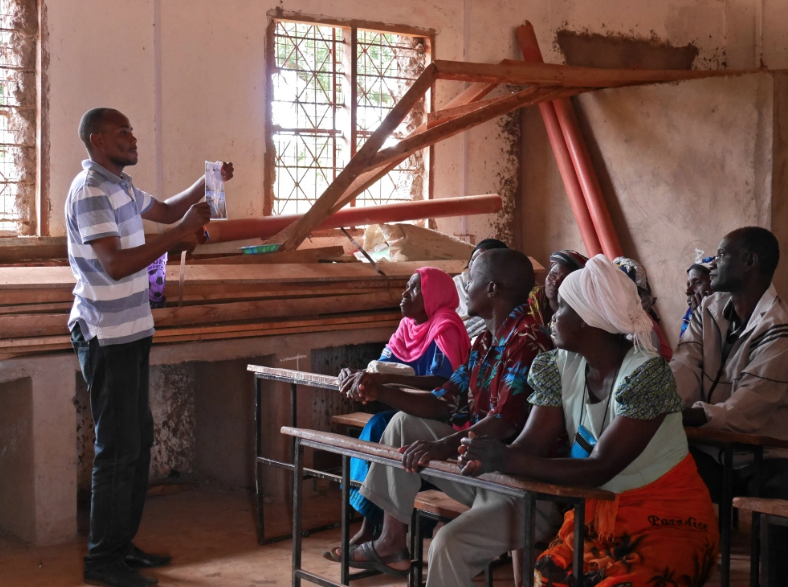
The way the conservation model here works is that money comes back to the community (for education scholarships or water access projects) from the sale of carbon credits when deforestation is avoided (read more about the overall aims of the Wildlife Works project here). This means that collectively, the community has to buy into the fact that a standing forest and roaming animals are worth more to them alive than as charcoal or bush meat. One is far more intangible than the other.

The aim with these discussions is to empower members of the community to own conservation goals and be ambassadors for protecting the forest and the wildlife that calls it home. To carry the learning back into their villages and homes and spread the word further. Pretty cool stuff, right?
To read more about Lucy’s adventures in Kenya, visit her blog.
